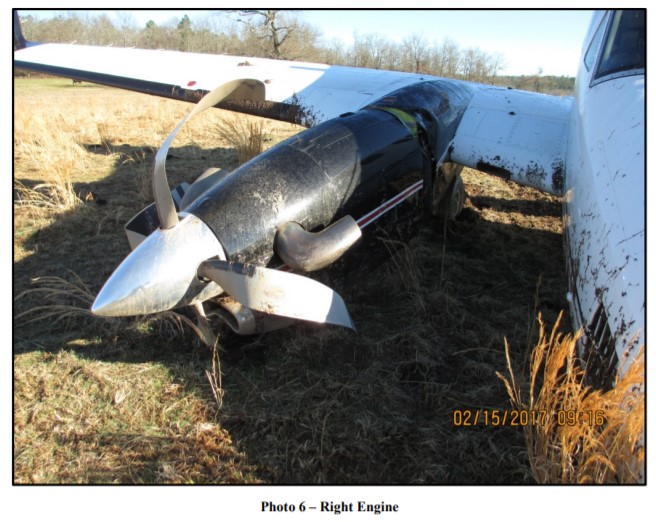

- #Flight control system malfunction or failure generator
- #Flight control system malfunction or failure skin
- #Flight control system malfunction or failure registration
(f) Position of the aircraft with reference to some easily defined geographical point (e) Last point of departure and point of intended landing of the aircraft (b) Name of owner, and operator of the aircraft
#Flight control system malfunction or failure registration
(a) Type, nationality, and registration marks of the aircraft The notification required in § 830.5 shall contain the following information, if available: In addition, an aircraft is overdue and is believed to have been involved in an accident. (4) An evacuation of aircraft in which an emergency egress system is utilized. (3) Sustained loss of the power or thrust produced by two or more engines and (2) Inflight failure of hydraulic systems that results in sustained reliance on the sole remaining hydraulic or mechanical system for movement of flight control surfaces
#Flight control system malfunction or failure generator
(1) Inflight failure of electrical systems which requires the sustained use of an emergency bus powered by a back-up source such as a battery, auxiliary power unit, or air-driven generator to retain flight control or essential instruments (g) For large multi-engine aircraft (more thanġ2,500 pounds maximum certificated takeoff weight): (f) Damage to property, other than the aircraft, estimated to exceed $25,000 for repair (including materials and labor) or fair market value in the event of total loss, whichever is less. (c) Failure of structural components of a turbine engine excluding compressor and turbine blades and vanes. (b) Inability of any required flight crew member to perform their normal flight duties as a result of injury or illness. (a) Flight control system malfunction or failure. In addition to report all aircraft accidents, the following aircraft incidents must be reported to NTSB:
#Flight control system malfunction or failure skin
bent fairings or cowling, dented skin, small punctured holes in the skin or fabric,.Engine failure or damage limited to an engine if only one engine fails or is damaged,.The following are NOT considered “substantial damage”: Substantial damagemeans damage or failure which adversely affects the structural strength, performance, or flight characteristics of the aircraft, and which would normally require major repair or replacement of the affected component.

(5) involves second or third degree burns, or any burns affecting more than 5 percent of the body surface. (3) causes severe hemorrhages, nerve, muscle, or tendon damage (2) results in a fracture of any bone (except simple fractures of fingers, toes, or nose) (1) Requires hospitalization for more than 48 hours, commencing within 7 days from the date of the injury was received

So the key to this definition is knowing what is meant by a “serious injury and “substantial damage”. You do not report it to the FAA.Ĥ9 CFR §830.2 provides definitions for aircraft accident, serious injury and substantial damage as follows:Īircraft accidentmeans an occurrence associated with the operation of an aircraft which takes place between the time any person boards the aircraft with the intention of flight and all such persons have disembarked, and in which any person suffers death or serious injury, or in which the aircraft receives substantial damage. Once you have determined that you are required to report the situation, you must report it immediately to the nearest NTSB office. An understanding of the definition of accident may save you from reporting something that is not required. B A chair-type parachute must have been packed by a certificated and appropriately rated parachute rigger within the precedingĬ 120 days.All aircraft accidents must be reported to the nearest National Transportation Safety Board (NTSB) Field Office. B Which is normally prohibited when operating a restricted category civil aircraft?Ĭ Flight within Class D airspace. C Who is responsible for determining whether a pilot is fit to fly for a particular flight, even though he or she holds a current medical certificate?Ĭ The medical examiner. A What is the antidote when a pilot has a hazardous attitude, such as 'Macho'?Ĭ Taking chances is foolish. C What is the antidote when a pilot has a hazardous attitude, such as 'Antiauthority'?Ĭ I know what I am doing. B What is the antidote when a pilot has a hazardous attitude, such as 'Impulsivity'?Ĭ Not so fast, think first. A What is the antidote when a pilot has a hazardous attitude, such as 'Invulnerability'?Ĭ It will not happen to me. C What is the antidote when a pilot has a hazardous attitude, such as 'Resignation'?Ĭ Someone else is responsible. When must a pilot who deviates from a regulation during an emergency send a written report of that deviation to the Administrator?Ĭ Upon request.


 0 kommentar(er)
0 kommentar(er)
